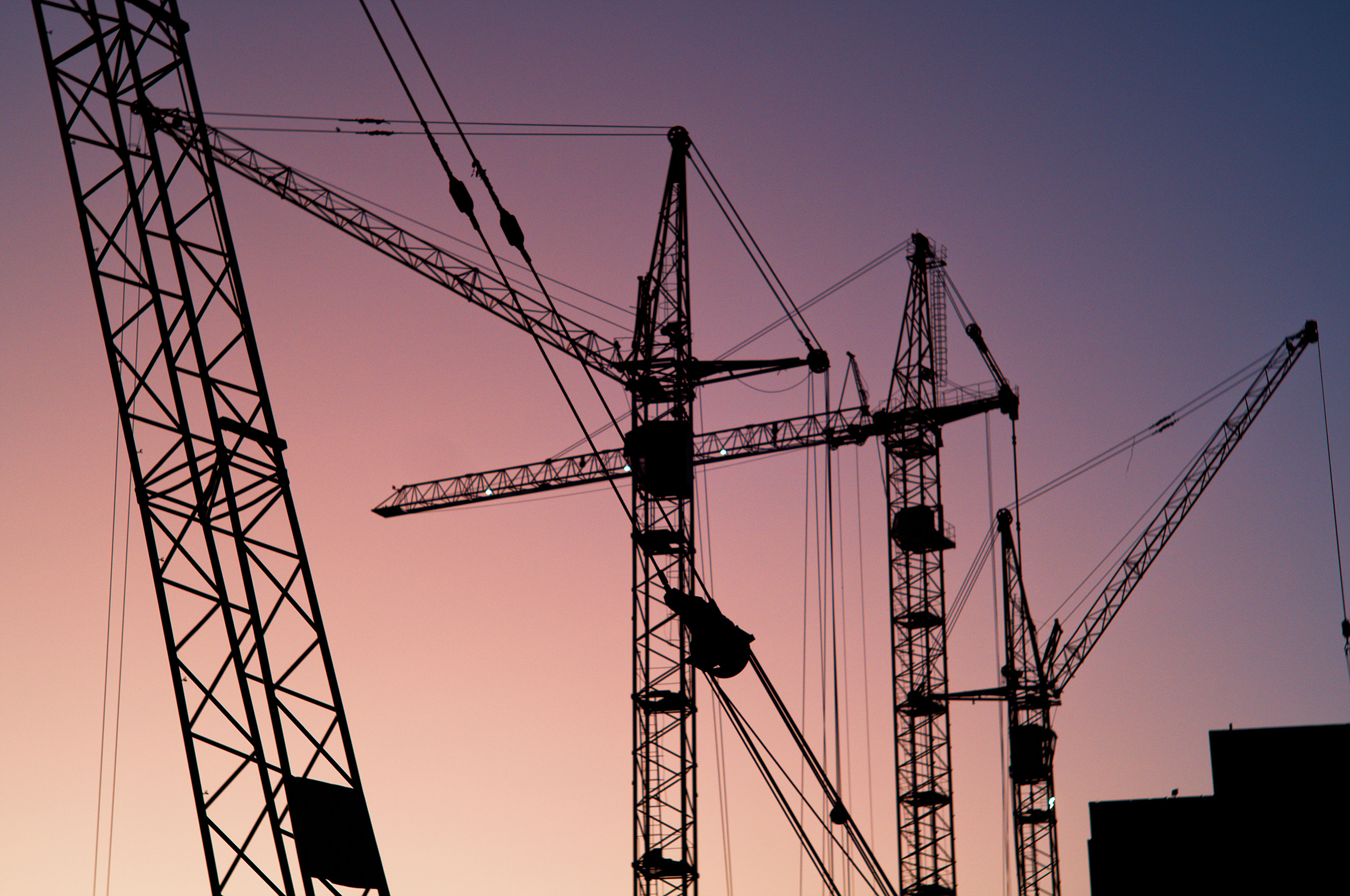Hearing loss (HL) is a widespread health concern affecting millions worldwide, with various factors contributing to its onset. While aging and genetics are inevitable, many other risk factors can be mitigated through lifestyle changes or medical intervention. Approximately 25 million Americans had mild bilateral HL in 2019, a level of impairment that requires adaptive listening strategies, and, as HL is often progressive and cumulative, puts individuals at risk for more severe HL in the future.
UW OSHCE has a variety of offerings to support you in tackling this ongoing issue in the workplace. Check out the resources below:
-
OSHA #7400 Occupational Noise Exposure Hazards
This course focuses on describing noise hazards in the workplace. The course includes; OSHA occupational noise exposure standards, properties of sound, noise-induced hearing loss, noise exposure control, selection and use of hearing protection, sound level surveys, noise dosimetry, and worker training. Classroom demonstrations of noise instrumentation and hearing protection devices are featured. The target audience is the employer or representative designated with the responsibility to develop a noise program. At the conclusion of this course, students will describe sound properties and their relationship to noise-induced hearing loss, hearing protection usage, and using a sound level meter.
-
Occupational Diseases Online Course (ODOC) Series: Noise-Induced Hearing Loss
This mixed-media online series serves as an introduction to a variety of important occupational diseases. The individual units are organized around work-related diseases using public health scenarios and clinical cases. The objectives of the NIHL course are for students to be able to:
1. Describe the irreversible pathophysiological change associated with noise-induced hearing loss.
2. Describe the difference in causation between conductive and sensorineural hearing loss.
3. Describe the notable difference between an audiogram showing noise-induced hearing loss and one showing age-related hearing loss.
4. List three examples of controls to mitigate workplace noise that correspond to levels of the industrial hygiene “Hierarchy of Controls”.
5. Describe the importance of interprofessional collaboration in preventing and treating occupational noise induced hearing loss.
